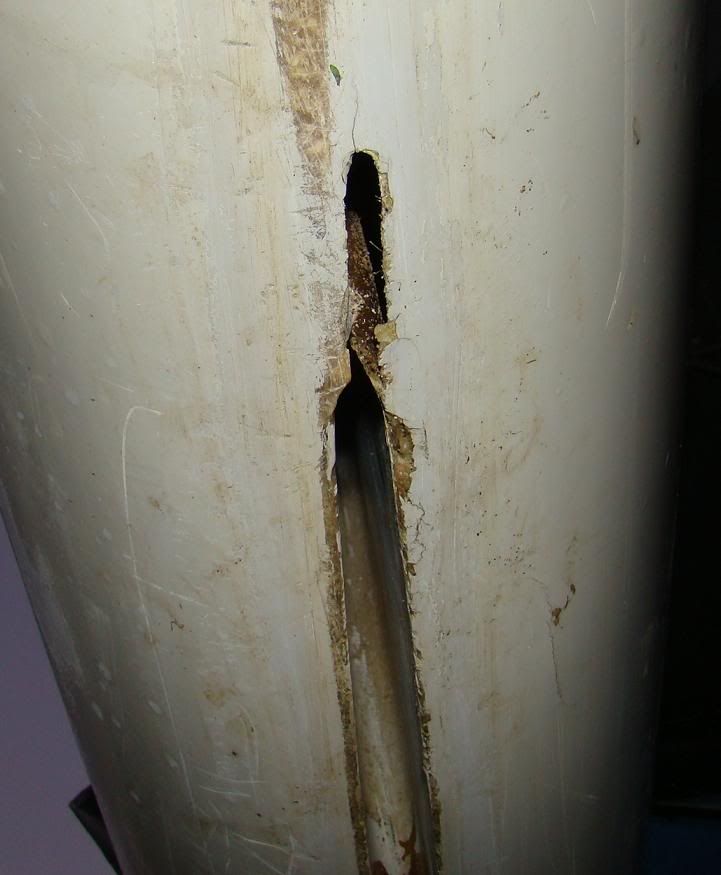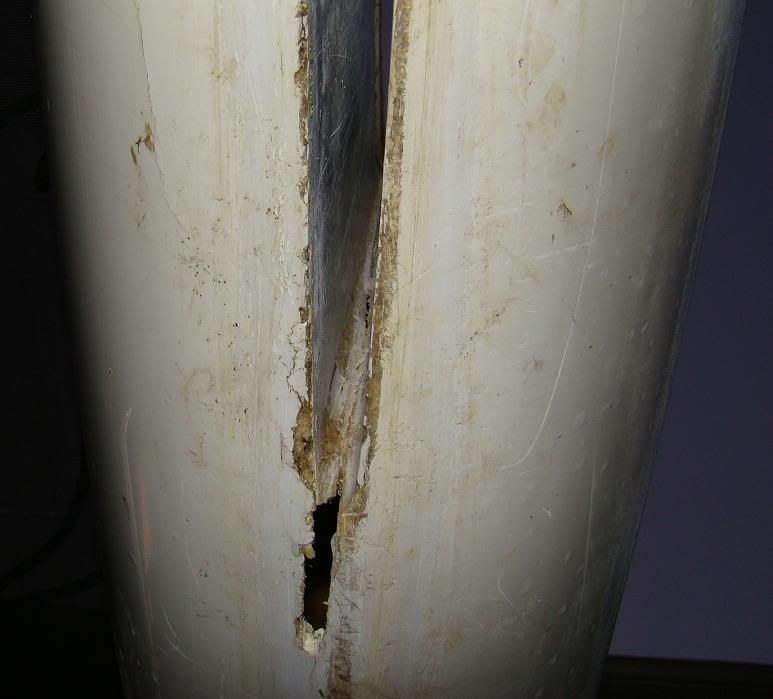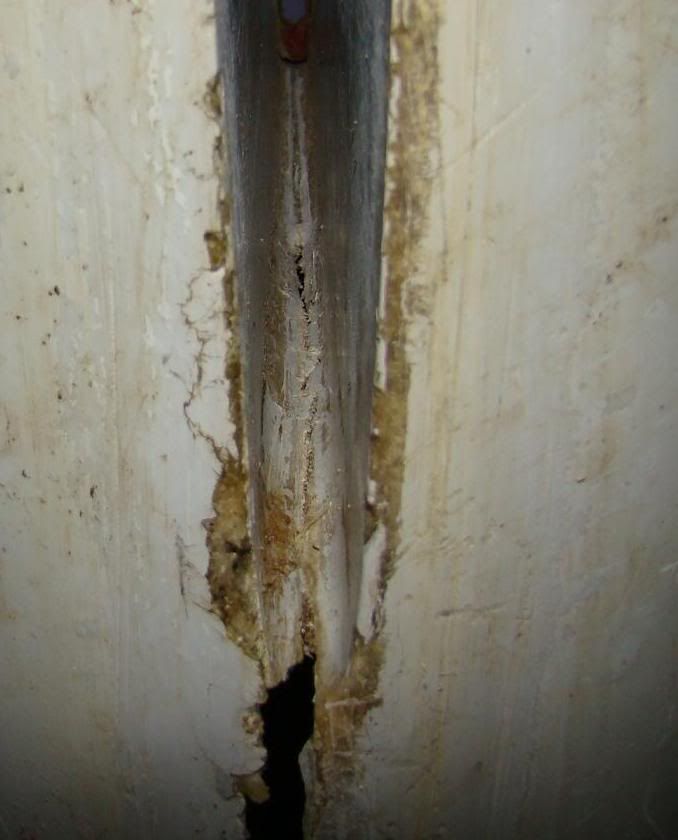So now I have this PITA repair to do before I can sail some more... and I was just getting really addicted too! (this is my first cat)
I'll post a bunch of pics so hopefully u can see exactly whats involved. Im thinking of purchasing the West Systems epoxy/hardner etc to do the repair, and will probably purchase enough to re-glass the bottoms after this season as they could really use it.
Here's what I'd like to know:
1. Are there other equally strong non-Bondo products that are less expensive then West systems or is that pretty much the best way to go? (sorry im on a budget)
2. How the HECK to I do this?? lol I mean, I can reach my arm though the port hole and get to the repair from the inside of the hull - but my hand will barely squeeze much less move in the well.
3. If I go with West systems or another 2-part epoxy do i need to mix colloidal silica or some other filler with it (so many to choose from!)
4. Ive read about folks fixing structural cracks/voids by shredding fiberglass cloth and mixing the whole mess up together w/ the epoxy then pushing this into the crack. Any thoughts?
5. Do I use the same epoxy mix to patch my daggerboard?
Im guessing whatever method, the less sanding the better considering the location.
Here are the pics... (last 2 for inspiration purposes :)
The crack/hole runs about 7" up from the bottom, along the middle of the aft inside daggerboard well. Its about 3/8" wide at the widest spot. The "cut" made by my daggerboard also extends about 3 1/2" into the bottom of the hull aft of where the daggerboard slot should end.
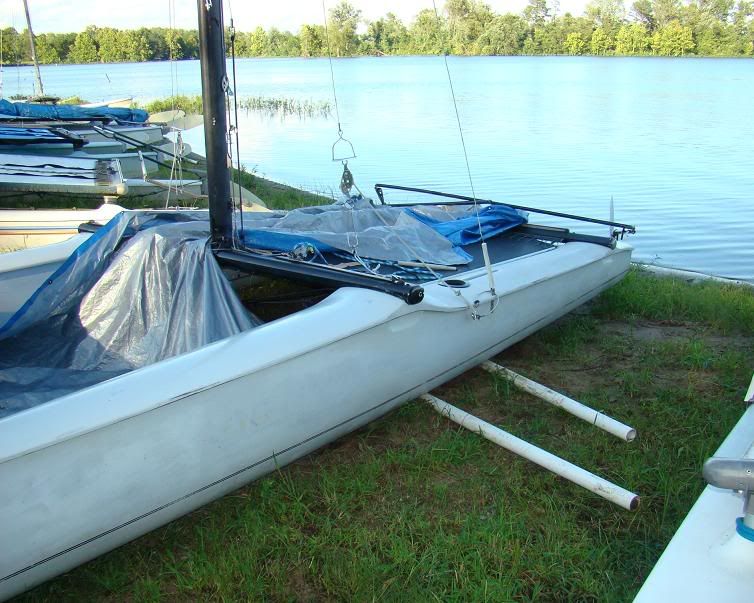
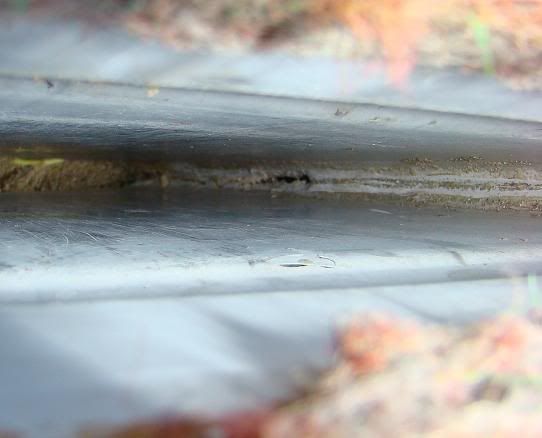
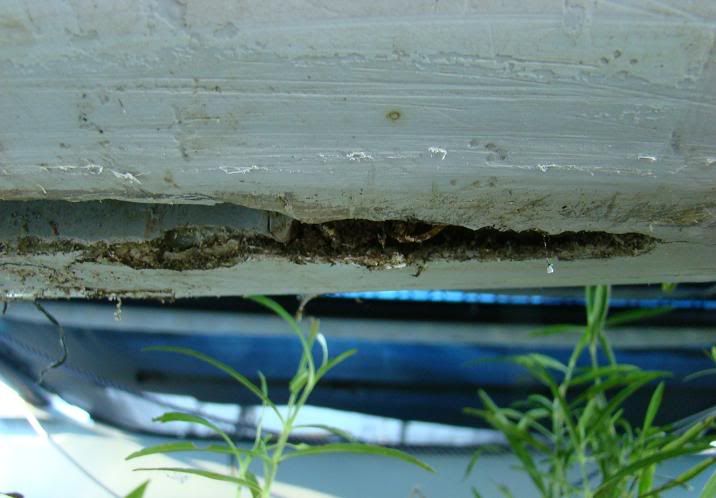
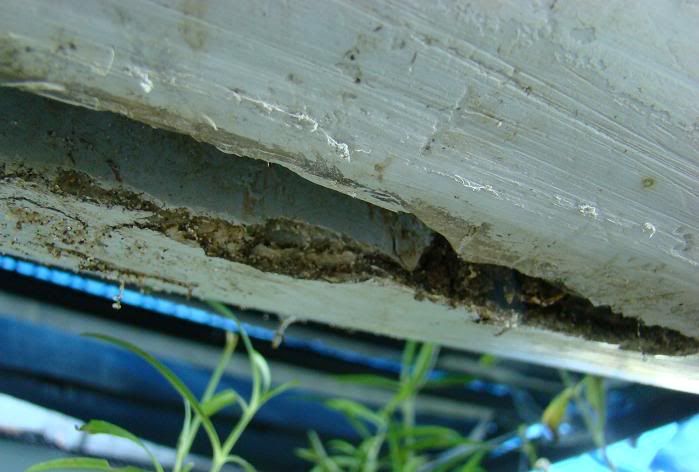
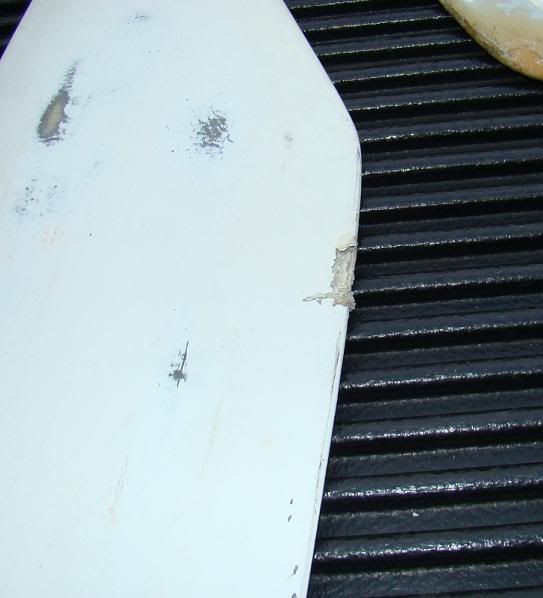
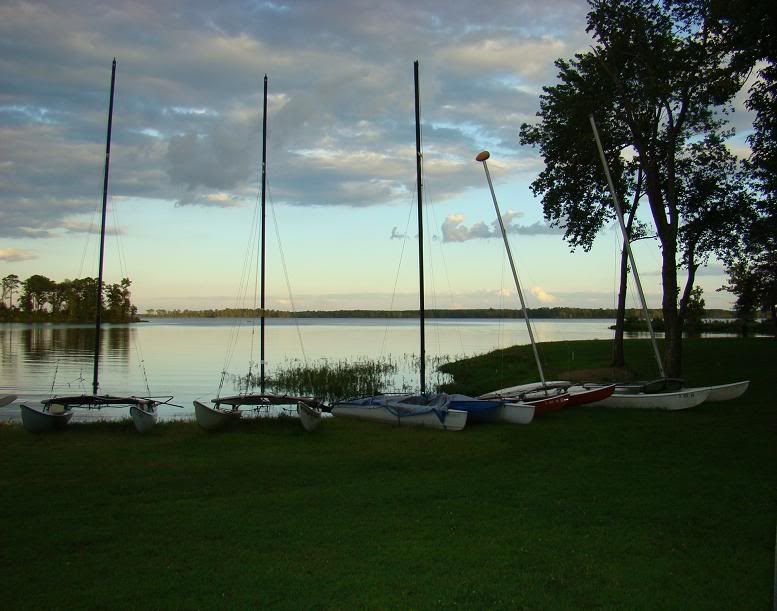

(the colored fuzzy stuff on the pic showing the inside crack is old carpet lining near the top of the db slot)
Ps - I'd like to buy the epoxy and supplies this weekend, based on the ideas, info, and suggestions you guys have,
Thanks in advance!
Gordon
edited by: rdemmin, Aug 22, 2009 - 09:02 AM



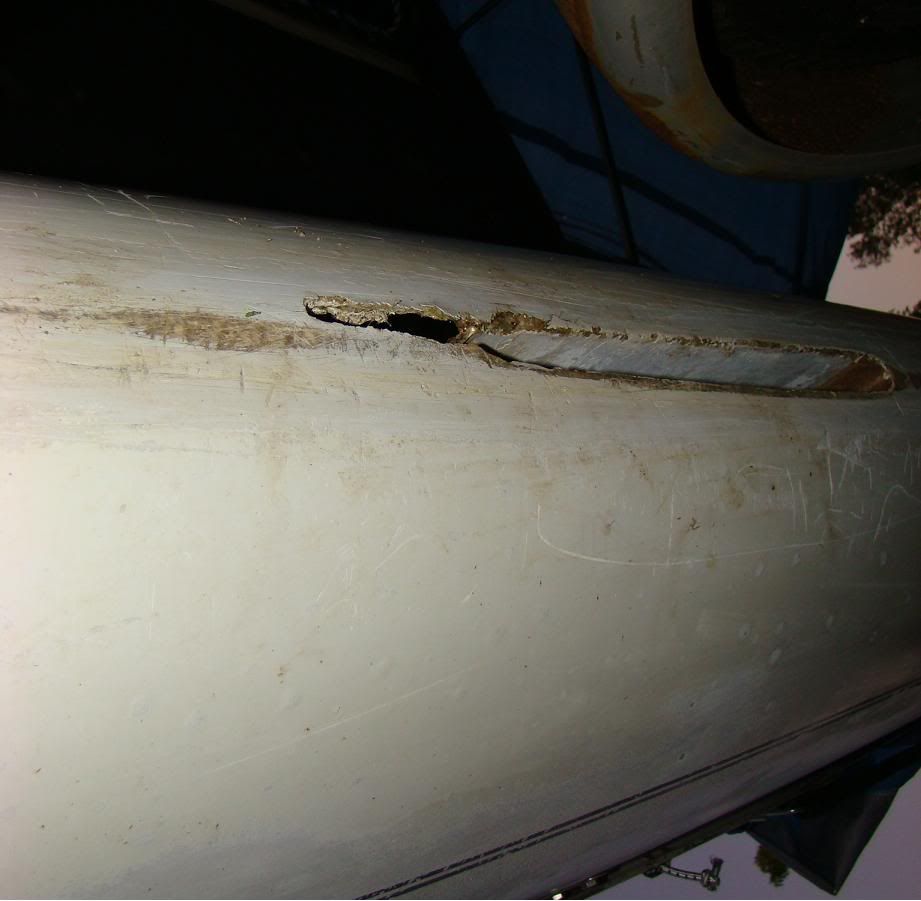
![http://i36.photobucket.com/albums/e43/rdemmin/Solcat/hulldamage2.jpg[IMG]<br />
[IMG]<br />
http://i36.photobucket.com/albums/e43/rdemmin/Solcat/hulldamage3.jpg](http://i36.photobucket.com/albums/e43/rdemmin/Solcat/hulldamage2.jpg[IMG]<br />
[IMG]<br />
http://i36.photobucket.com/albums/e43/rdemmin/Solcat/hulldamage3.jpg)
